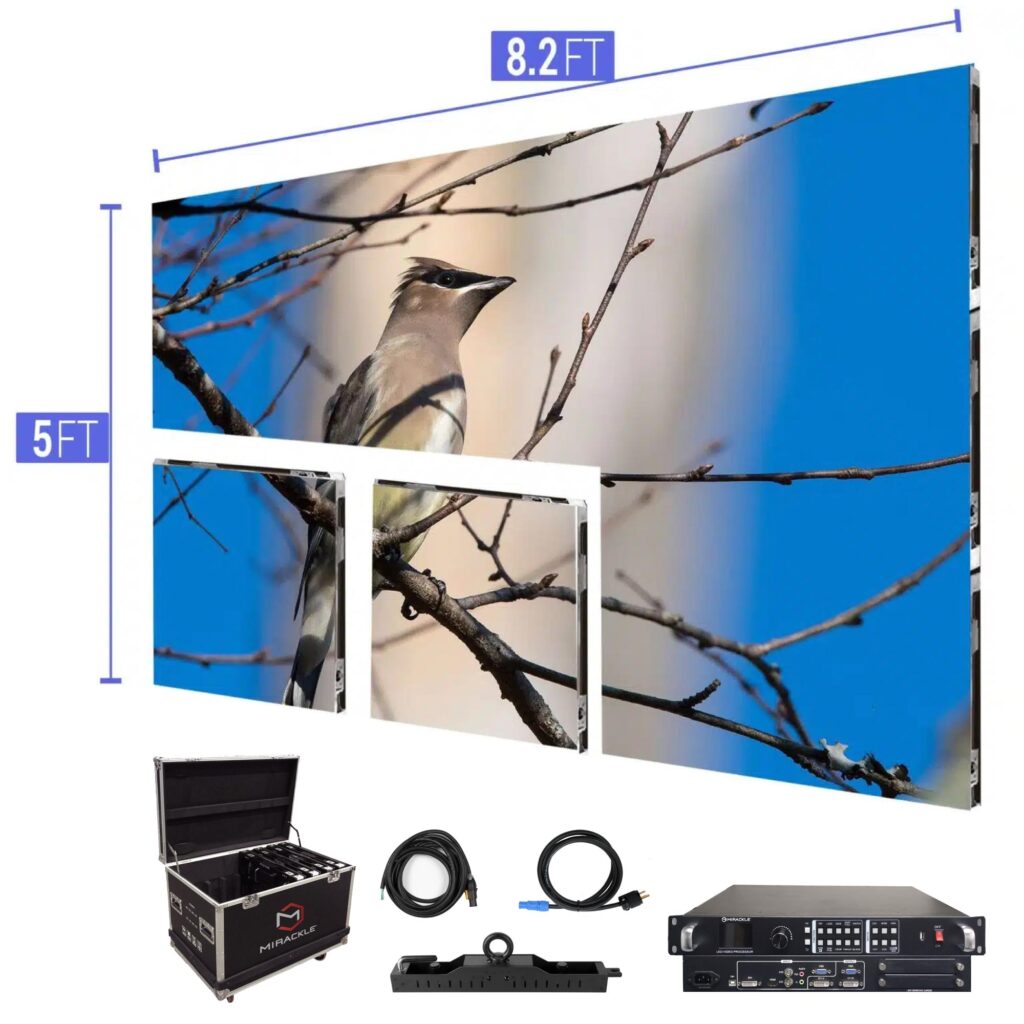Investigating the Essential Factors That Affect Luminance in LED Display Panels
Investigating the Essential Factors That Affect Luminance in LED Display Panels
Blog Article
Light Emitting Diode wall screens are progressively favored for both advertising and entertainment due to their luminous and vibrant images. Grasping the elements that affect the luminosity of these screens is crucial for manufacturers and consumers alike. Luminosity is typically measured in nits, which indicates how much illumination is emitted from the surface of the panel. Numerous key factors contribute to the overall luminosity, including the kind of Light Emitting Diode used, the quality of the panel materials, and the power supplied to the screen.
The type of LED chip used in a wall screen plays a significant role in its brightness. Different Light Emitting Diodes produce varying levels of light output, which gauge the amount of light visible to the mortal eye. High-quality chips, such as those made using advanced technology, can generate brighter light with greater efficiency. Furthermore, the color temperature of the LED also influences perceived luminosity. For instance, colder hue tones (higher Kelvin values) can appear more luminous than warmer ones, even at the same lumen level. This feature is important for uses where visibility is important, such as in outdoor promotion.
The materials used in the building of LED panel panels also influence their luminosity. The kind of substrate and coating materials can affect how much illumination is transmitted versus how much is absorbed or scattered. For click for more example, a screen made with high-quality clear glass will permit more illumination to flow through than one made with inferior materials. Additionally, the design of the screen, including its thickness and the layout of the Light Emitting Diodes, can improve or reduce luminosity by influencing how illumination is spread across the panel.
The energy supply provided to the Light Emitting Diode wall panels is another key factor in determining luminosity. Each LED chip has a particular electric potential and current requirement for ideal performance. If the energy source falls short, the brightness of the screen will decrease. Conversely, providing too much energy can lead to overheating and decreased lifespan of the Light Emitting Diodes. Therefore, ensuring a stable and sufficient power supply is crucial for achieving uniform brightness levels. This is especially important in changing displays, where luminosity discover here may need to be adjusted for varied lighting conditions.
Finally, surrounding factors can influence how luminosity is perceived. Ambient illumination conditions play a significant role in how bright an Light Emitting Diode wall panel appears. In bright daylight, for example, a screen with a lower brightness level may struggle to be seen clearly, while a more luminous panel can stand out more efficiently. Additionally, the perspective from which the panel is observed can influence brightness perception due to how light bounces off surfaces. Understanding these elements helps buyers choose the appropriate LED panel screen for their needs and guarantees that manufacturers create products that meet brightness expectations for different applications.